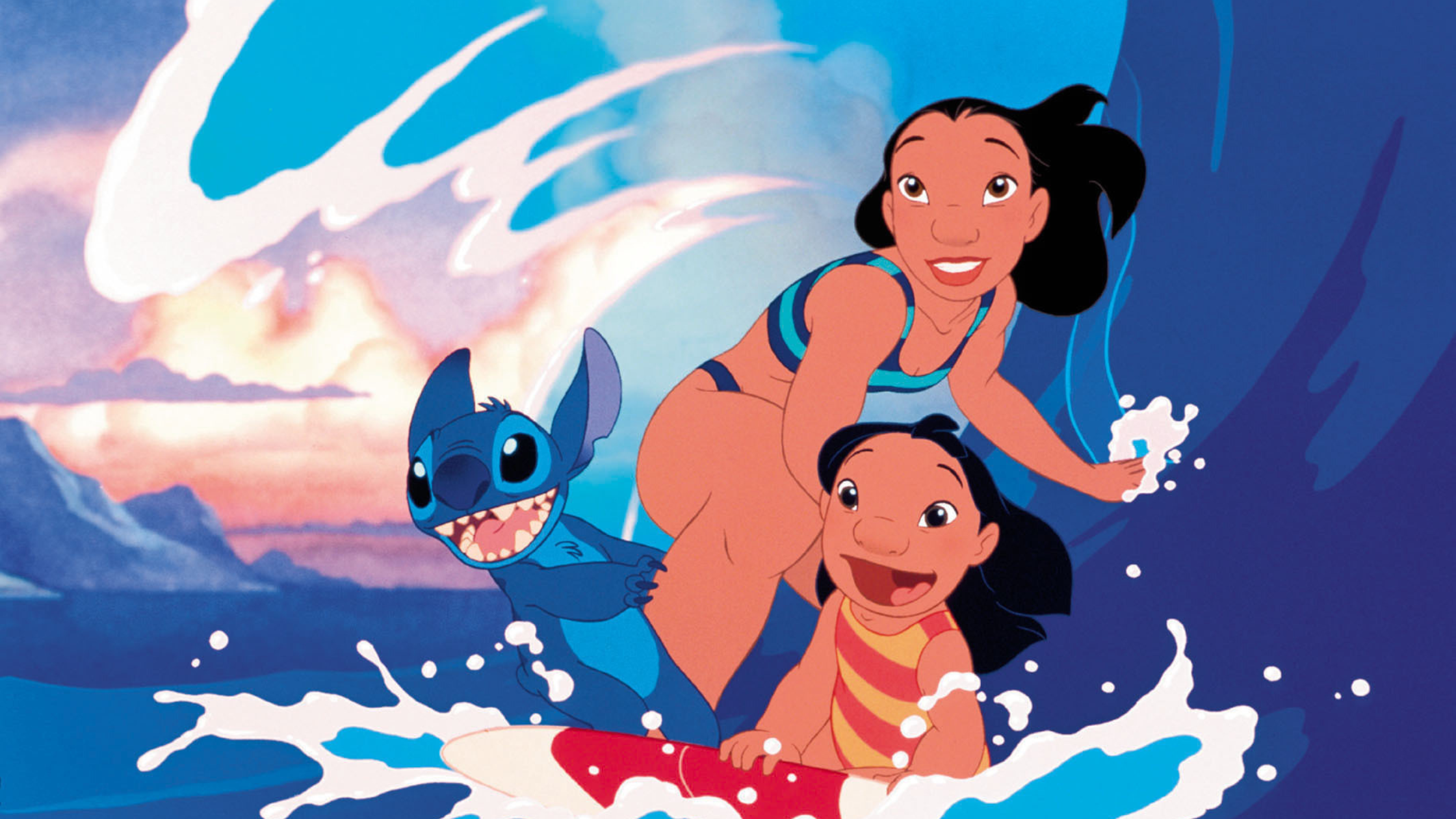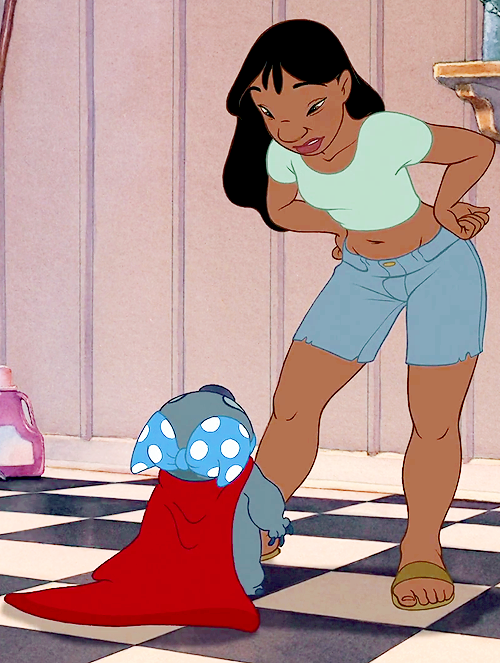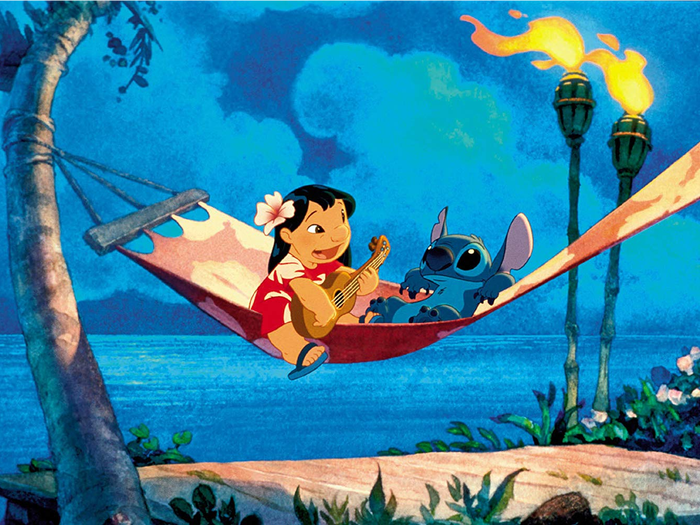What Lilo & Stitch Taught Us About Body Positivity, Representation, and Quiet Feminism

A lot of people grew up watching Lilo & Stitch. It was definitely a different kind of Disney movie with all its quirkiness, chaos, and unfiltered emotion. Lilo, the protagonist, was a young, eccentric (thus often misunderstood) girl who wasn’t trying to be anyone else. Stitch was basically a gremlin with a heart. Of course, that one word that everyone learned the meaning of: Ohana. Ohana means family, and family means no one gets left behind. A timeless and eternally tear-jerking phrase.
As audiences anticipate the live-action remake set to release this May 23rd, conversations around the film have resurfaced—not just about whether the new version will hold up, but whether it will carry forward the messages that made the original so meaningful. The animated 2002 version was already ahead of its time: subtly yet confidently embodying themes of body positivity, Pacific Islander identity, and the quiet kind of feminism that rarely gets screen time.
In light of Asian-American/Pacific Islander Awareness Month, let’s dive into how the classic Lilo & Stitch explored such deep themes, in the hopes that the new version will do justice to what made the first so impactful.
A Different Kind of Disney Body
Unlike most animated films of its time, Lilo & Stitch gave audiences something refreshingly different: characters with normal bodies. In a Disney landscape full of impossibly slim waists and flawless princess silhouettes, Nani, Lilo’s older sister, showed up with thick thighs, strong arms, and a body that looked real. Nani’s body wasn’t idealized or turned into a joke; it was simply her body. And it was powerful. All the characters were portrayed with shapes that reflected everyday people.

For young viewers, especially girls and Pacific Islanders, this was more than representation—it was validation. It told them that strength doesn’t have to be slim, and that caretakers, sisters, and women like Nani deserve to be taken seriously just as they are. For a Disney movie in 2002, that was kind of radical. And honestly? It still is.
Hawaii Wasn’t Just a Backdrop—It Was the Point
One thing Lilo & Stitch did exceptionally well was grounding the story in a very specific cultural context. Hawaii wasn’t treated like a vacation spot. It was home. It was messy, beautiful, complicated—just like the people in it.
The film showed how locals navigate a world shaped by tourism and colonization. Nani working at a touristy luau? That wasn’t just a job. It was commentary. A subtle critique on how Hawaiian culture is often repackaged and commodified for tourist consumption. And it said a lot about the friction between preserving culture and surviving economically.

This attention to authenticity was one of the film’s strengths, and it’s part of why recent criticism around the live-action remake’s casting has struck a nerve. Sydney Agudong, who’s playing Nani, is part-Hawaiian, but many feel that her lighter skin tone erases some of the powerful visual representation the original gave us. It’s a reminder that representation is more than checking a box.
The Feminism Was Subtle—But Strong
One of the reasons Lilo & Stitch hits so hard emotionally is because the female characters are written with such care—and strength. Nani, especially, is a powerhouse. She’s young, grieving, raising her sister alone, trying to hold down a job, and fending off child protective services. And she still keeps showing up. She doesn’t need a romantic subplot. She’s too busy saving her family.

Then there’s the Grand Councilwoman—an alien leader who commands with intelligence and integrity, without becoming a caricature. She’s proof that women in power don’t have to be softened, sexualized, or vilified. They can just lead.
These women aren’t making big speeches about empowerment. They’re just doing the work. And that kind of feminism—the lived-in, quiet, unglamorous kind—is so often overlooked. But it’s real. And it’s powerful.
Also read: Top 10 TV and Movie Moms That We Love!
Let’s Hope the Remake Doesn’t Forget What Matters
Many are optimistic about the new Lilo & Stitch. By now, if you’ve gone to any store, you’re surrounded by the film’s marketing, ie. clothes, toys, utensils. But it’s got big shoes to fill. This isn’t just a cute movie about family and aliens. It’s a story that means a lot to a lot of people—especially those who rarely see themselves reflected in the media with this much heart.
If the remake wants to honor the original, it needs to go deeper than surface-level nostalgia. It needs to protect the things that make Lilo & Stitch revolutionary: its honesty, its culture, its emotional rawness. It needs to celebrate the bodies, the communities, the sisters, the weirdos, and the women who fight quietly every day to keep their families together.
Because that’s what ohana really means.
Fan of Disney live action remakes? Read next: Snow White Review: The Evil Queen of Comparison

